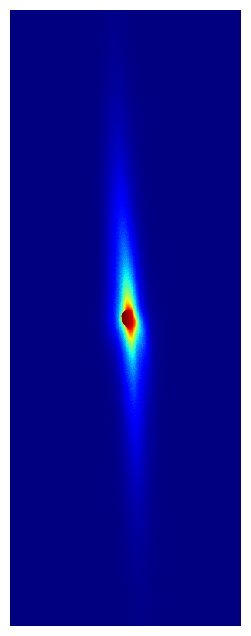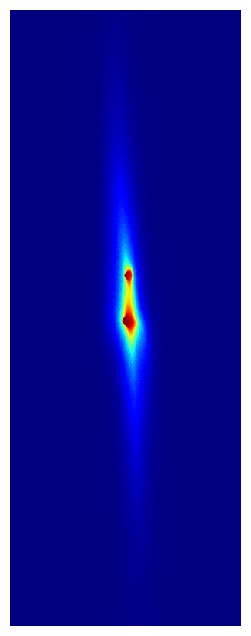Congratulations to Xin and Jack, as well as Kolkowitz group alums Brett, Haoran, and Varun, on the posting of their new paper “High precision differential clock comparisons with a multiplexed optical lattice clock” to the arXiv! You can find it here: http://arxiv.org/abs/2109.12237.
This paper describes the experimental realization of a new kind of optical atomic clock that consists of multiple clocks in one, and enables comparisons between these clocks at new levels of performance. For example, the paper includes a measurement of the fractional frequency difference between two clocks separated by ~6 mm at a precision below one part in 1019, or in other words at 20 digits of precision. This is a world record for the most precise frequency difference ever measured*, and represents a new regime of clock comparison stability and precision. To give a sense of scale, this corresponds to measuring a difference in the rate the two clocks are ticking at that would result in them disagreeing with each other by only 1 second after 300 billion years. This unprecedented metrological precision offers sensitivity to new and exotic physics. For example, this corresponds to the difference in the ticking rate between two otherwise identical clocks separated in height by only 1 millimeter due to general relativistic time dilation from Earth’s gravity field. The Kolkowitz group is currently hard at work measuring this effect!
You can read a lot more about these and other exciting results in the paper, but one thing you can’t do on the physics arXiv is watch cool movies! So here are some animated GIFs composed of actual camera images taken with our multiplexed optical lattice clock showing the procedure for preparing 2 clocks (left) and 6 clocks (right), which each clock (or ball) composed hundreds of strontium atoms trapped in an optical lattice at temperatures of just 1 millionth of a degree above absolute zero.


* Sadly this record was short lived, thanks to very exciting complementary results from our good friends in the Ye group, which were posted to the arXiv in coordination with ours. I strongly encourage you to read about them here: http://arxiv.org/abs/2109.12238.